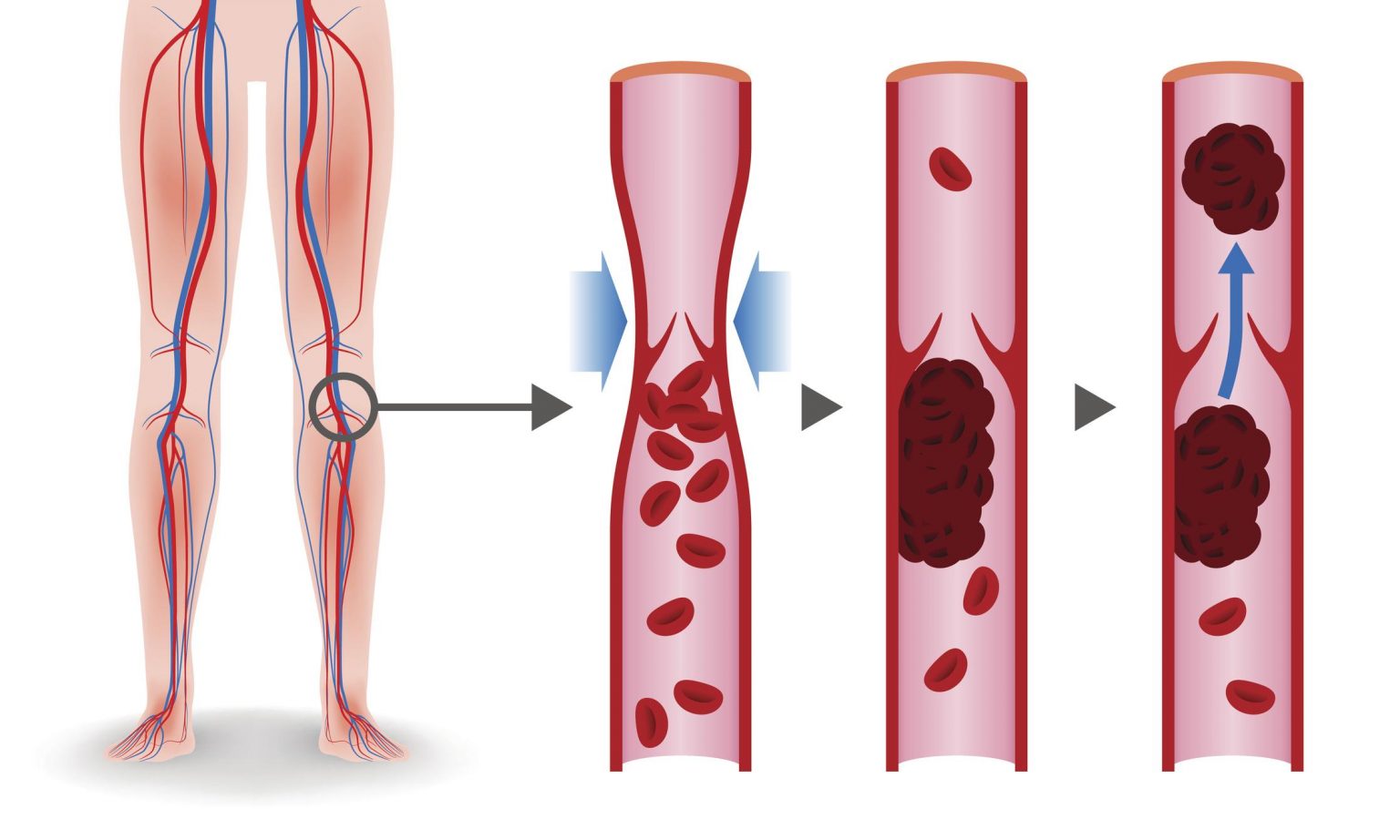The hardest working muscle in your body is your heart. Just imagine: from the moment you are born to the moment you pass away, the heart never stops working. Blood has to be pumped to every part of the human body, including the lower extremities. The pressure of the heart’s work must overcome gravity to oxygenate the blood once more and continue circulation.
The veins in our legs maintain the pressure through tiny valves that all work in unison with the heart’s beat. When these valves are damaged, blood begins to pool and cause irregularities in pressure, resulting in dilated veins and inflammation. Damaged veins can cause discoloration and unsightly damage such as varicose veins and spider veins. Such damage is called SRD, or superficial reflux disease. A more serious form of vein damage known as DVT, or deep vein thrombosis, is different from SRD in a number of ways.
Superficial Reflux vs. Deep Vein Thrombosis
The main difference between SRD and DVT is the root of the problem. SRD is damage to the vein valves and the liquid blood that pools and causes discoloration, itching, and chronic leg pain. DVT, on the other hand, is when the blood in the vein has hardened into a clot. Although some of the symptoms share similar effects in both SRD and DVT, there are differences depending on where the valves have been damaged or where the clot has formed.

To illustrate the difference, symptoms of SRD include:
- Swelling of the legs or ankles
- Itching or weak legs
- Pain that worsens when you stand and lessens when lifted
- Thickening of the skin around the ankles
- Leg ulcers that can be very painful (usually as a result of diabetes)
The symptoms of DVT include:
- Warm areas of your legs where the clot has formed
- Sudden sharp pain in foot or ankle
- Discoloration of the affected area, turning a reddish or bluish color
- Clots can also form in arms, causing neck and shoulder pain
- Weakness in foot or hand
Differences in SRD and DVT Treatment
It is an unfortunate truth that the delicate valves in veins cannot be repaired. For SVD, a minimally invasive form of surgery can close veins affected by superficial reflux disease. This is performed to reroute blood to healthier veins and clear discoloration and other unsightly symptoms. This same-day surgery is performed by making two incisions in the leg, each at the ends of the vein where symptoms are appearing. A catheter is then inserted into both ends, heating the vein and causing it to collapse and seal. With the damaged vein closed, healthy veins will take over and symptoms will decrease significantly.
There are a few ways to treat DVT. The first is through blood thinners that will reduce the chances of a blood clot forming. Naturally, this is only a preventative measure. Another method of prevention is wearing compression stockings to prevent swelling. If you do develop a clot, the ultimate goal is to stop the clot from forming in or moving to the lungs and heart. In extreme cases, doctors may perform surgery and remove the clot manually. As this can be dangerous depending on the location of the clot, healthcare professionals may consider this as a last result.

Talk with Heart of Dixie’s vein and DVT specialists if you experience symptoms of superficial reflux disease or deep vein thrombosis. We’ll talk about which SRD and DVT treatment options will be best for you. Visit us at a location nearest you, including St. George and Cedar City, UT as well as Mesquite, NV!





